So, you’re all set to start your day only to discover that your smartphone battery isn’t quite there yet!
Replenishing it seems like it’s taking an eternity, and all you want to know is how you can speed up charging.
Phone batteries have a knack for running low at the wrong times.
If you’re wondering how to charge your phone faster, you’re in the right place. Here are a few tips that are sure to help charge your battery in a flash.
1. Turn the Phone Off
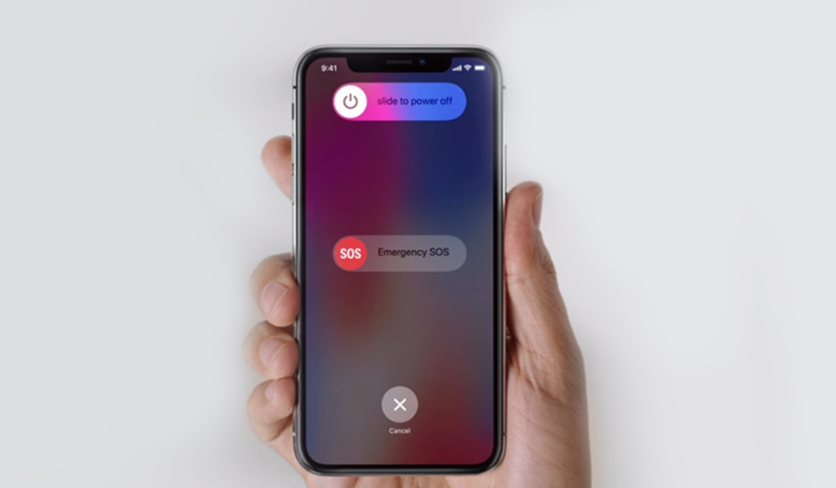
When the phone is active (or switched on), several apps continue to run in the background. Activities such as using Wi-Fi, making calls, sending texts, and playing music and gaming can keep draining your phone’s battery. This, in turn, can slow down the charging session and prevent your phone from charging fully.
When you turn the phone off, however, the device shuts completely. There are no programs running in the background. This enables it to charge quickly.
2. Use Wall Socket Charger instead of USB Port

This is one of the most effective and fastest ways to charge your phone.
Wall chargers are your best bet when you want to speed up charging. They have a stronger output than the USB ports on a laptop or in a car. Charging your phone on a wall socket gives a power output of 1 amp. But doing so on a computer or in a car gives an output of only 0.5 amps and will, therefore, slow down the charging session considerably.
That being said, you’re not always around a wall socket when you need your phone charged quickly. If you find yourself often using your computer’s USB port, you should invest in devices that help boost the power output for fast charging. These include:
a. Lightning cables: Mainly used to charge Apple devices, the lightning cable is incredibly convenient to use as it can be inserted either face up or face down. It comes with an 8-pin connector that transmits a digital signal. The pins on one side of the cable are connected to their respective twin pin on the other side. This mechanism helps route power and data signals accurately, regardless of the direction in which the connector is inserted.

b. USB-C cables: This is a popular standard for charging and transferring data via a USB cable. A USB-C cable can support USB standards like USB 3.1 and USB Power Delivery (USB PD). Further, it is reversible, so you need not flip the connector to find the correct orientation.
c. PD chargers: PD (Power Delivery) is a fast-charging standard that support higher power transmission, enabling a variety of devices to charge quickly via a USB connection. PD chargers facilitate communication between two devices to negotiate accurate power transfer and accordingly pull power from the charger. Power Delivery starts at the 5V setting and can handle up to 20V. When used with a standard USB-C cable, it can handle up to 60W.
d. Power banks: Power banks use advanced electronics circuitry for charging up, and then charge other devices. While traditional power banks worked with USB Type-A inputs, the latest power banks support USB-C. Power banks equipped with Qualcomm’s Quick Charge technology facilitate rapid input, providing a recharge that is even quicker than the 2A input.
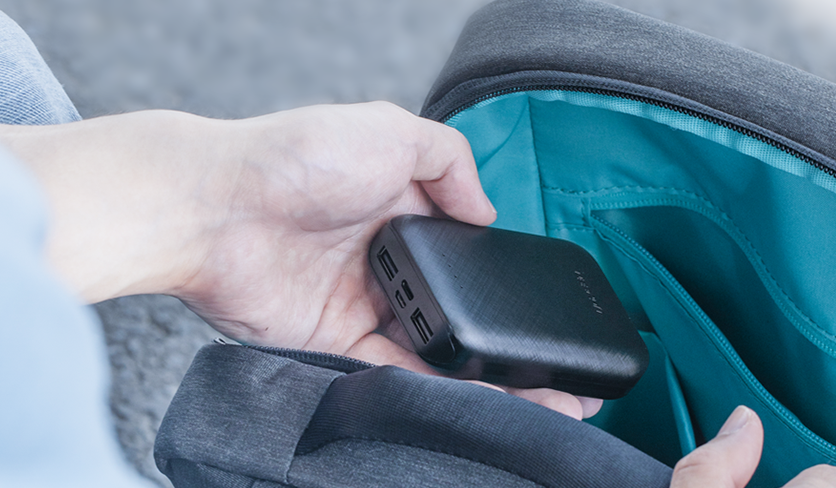
e. Wireless chargers: Wireless chargers transfer energy from the charger to a receiver located at the back of the phone. This is done via electromagnetic induction. An induction coil is used to create an electromagnetic field. The receiver coil in the phone converts the electromagnetic field into electricity, which is consumed by the battery. Typically, these devices have to be in close proximity to each other to work properly. Qi is the most popular wireless charging standard used in this technology.
f. Car Chargers: A proper car charger will enable a faster charge in less time if charging in a car. It can be plugged into the cigarette lighter/accessory port found in all cars and provides one or more USB outputs. A car charger can charge various devices like smartphones, tablets, and even power banks.
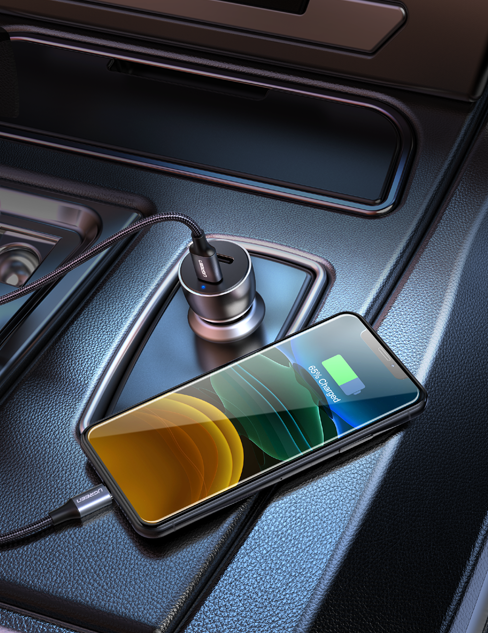
3. Invest in a High-Power Charger
In situations where time is critical, using a powerful and fast wall charger can be helpful as it works even faster than a regular wall socket charger. All you need to do is find an outlet, plug the charger in, and connect it to your phone.
You can also use a high-quality fast-charging cable. Typically, all charging cables consist of four cables in red, green, white, and black. Out of these, the red and black cables are used for charging purposes. The power that these two cables can carry is determined by their size.
A standard 28-gauge cable can carry around 0.5 amps, while a larger 24-gauge cable can support up to two amps. Low-quality cables use the 28-gauge setup and provide slower charging speeds.
4. Get on the Airplane Mode
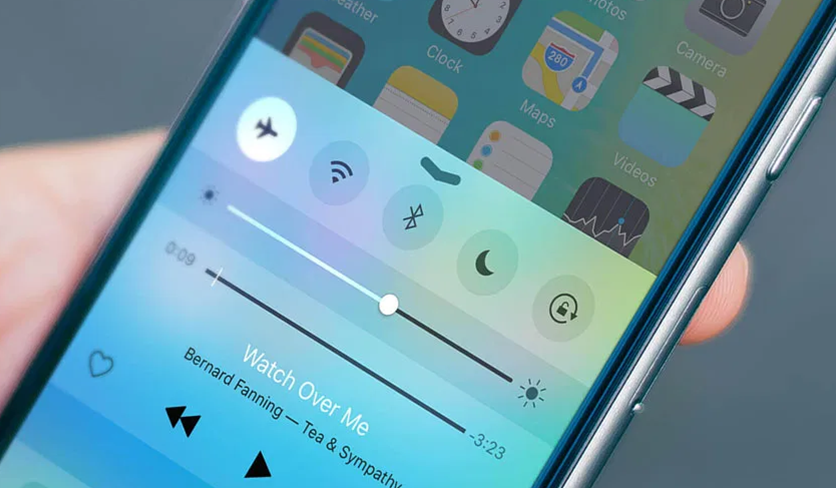
Does turning on airplane mode charge the phone faster? The straightforward answer is, yes.
To make this work on your phone, you need to switch from the normal mode to the airplane mode before connecting it to your charger.
As mentioned, Wi-Fi, Bluetooth, radio, and cellular services run in the background and drain the phone’s battery even when it is not in use. The airplane mode will cut off the phone’s connection to these services instantly.
The airplane feature is available on all phone platforms. You can activate it by tapping on the Settings app on your phone, and selecting Airplane Mode.
In some phones, you may also have to slide the toggle to the “On” option. As soon as you do this, you will see a small airplane icon displayed on the top right-side corner of your phone’s screen.
It is important to know that you will not be able to make or receive calls or texts or use data or GPS in the airplane mode. However, if charging your phone is a priority, this trick should help.
5. Connect with a Battery Pack

A battery pack or power bank can come handy in situations when you are on the go and away from a regular power source.
The only thing you need to be careful about is planning for it in advance and bringing the pack to a full charge before leaving your house. This way, it will be ready for use when your phone needs a power boost.
Several power banks offer the same amperage output as a wall socket. Some may offer even higher amperage. While your high-power battery pack may charge your phone faster with higher output, your USB cable should be able to handle the extra amperes.
6. Keep the Heat Down
When it comes to your phone battery, it is best to not let it get too hot. High temperatures are sure to ruin a good phone battery.
By making sure your battery doesn’t get too warm, you will get a faster charge and never have to wonder, “Why is my phone charging slow?”
It is important that you charge your phone in a cool or a room-temperature area. Do not leave it to charge under direct sunlight or in a hot car.
When using a battery pack, avoid charging the phone in your pocket. Removing the phone’s case when charging it will also help you avoid warming up the battery.
The charging process for lithium-ion batteries works more efficiently when the battery is cool. For best results, ensure that the battery temperature remains between 41 and 113 degrees Fahrenheit (5 and 45 degrees Celsius).
Higher temperatures can also damage your battery capacity. In some devices, the software may limit charging to about 80 percent if the phone gets hotter than the suggested temperature.
Don’t put your phone in the refrigerator to charge it up either. The efficacy of the battery diminishes greatly in temperatures below the recommended range.
7. Avoid Wireless Charging
While going wireless is convenient, it is not the best fast charging technology. And if you’re serious about charging your phone faster, stick to wired chargers.
Wireless chargers offer a significantly slower charging experience compared to wired ones. In fact, it has been found that they could be about 50% slower.
Dodging wireless charging also makes sense because transferring energy through a cable is more resourceful than doing so through sensors.
Further, the wasted energy produces surplus heat, leaving you with an overheated device.
Conclusion
If you find that your phone is not charging fast, you need not fret anymore. With the above tips and tricks, you will never have trouble with a drained battery again. Put them to good use to make your phone charge faster, and have an active device that lives up to your expectations. Hopefully, you will now be able to charge your phone faster, much to your peace of mind.




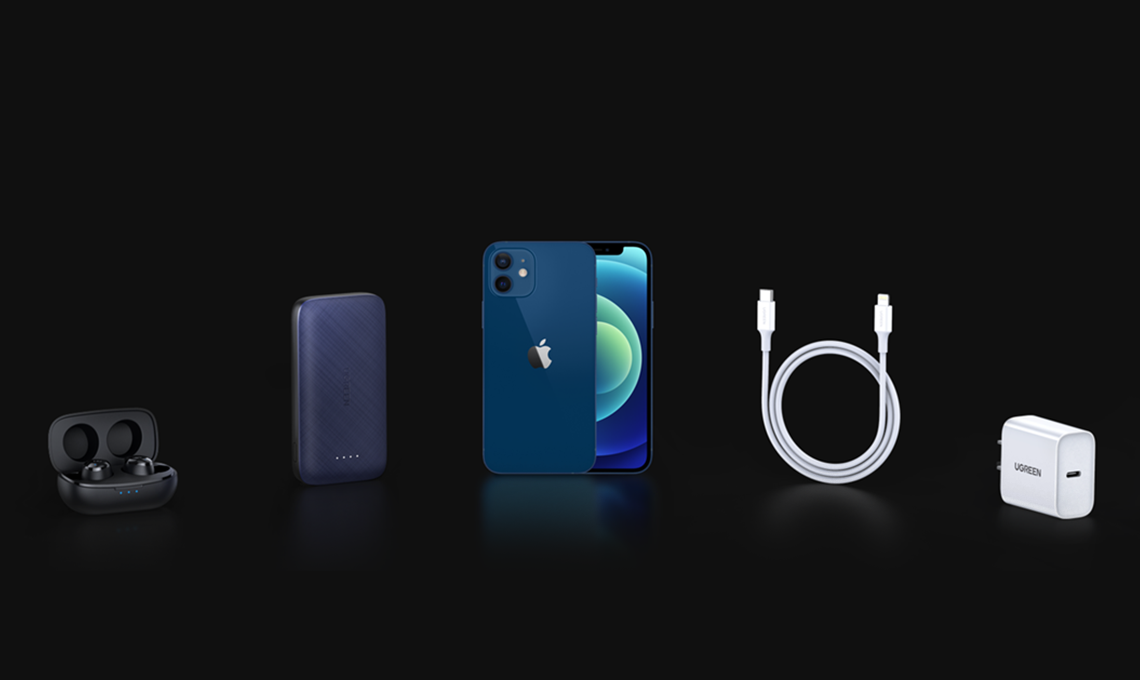
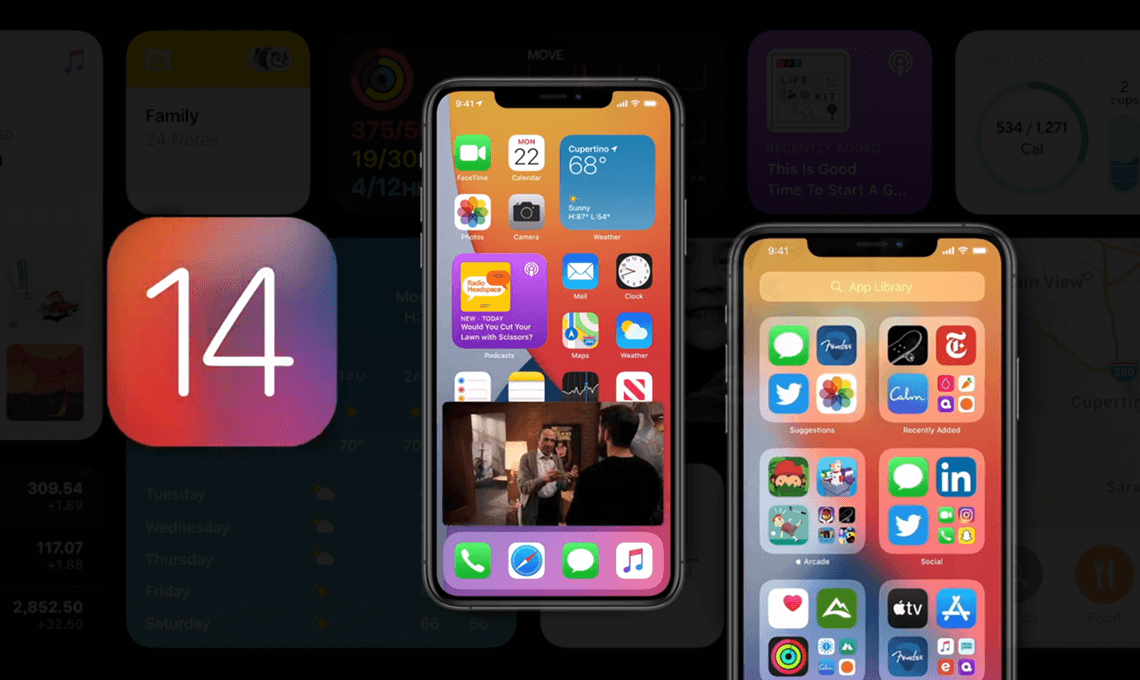




Its very interesting and useful, thanks guys